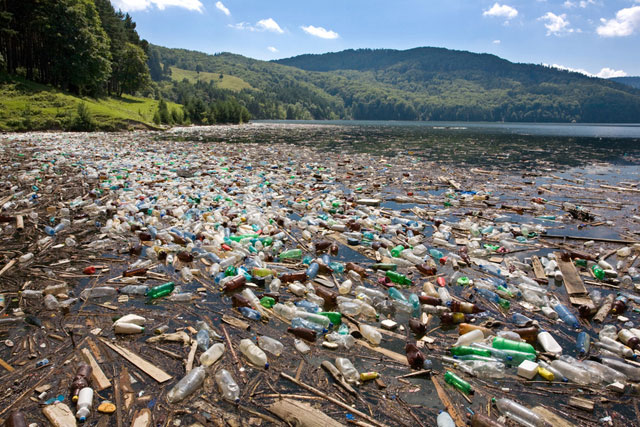Ms. Hoffman visited the country Cambodia during her travels. She got to ride on a train, which was a lot of fun!
The trains are very small in this part of the country and they used to be used to carry goods to market. Many farmers had these small trains and they would take their goods in to the town to sell them and then back to their farm at the end of the day.
There is one problem though. There is only one track! What happens when two trains are going the opposite way?
The trains are very small in this part of the country and they used to be used to carry goods to market. Many farmers had these small trains and they would take their goods in to the town to sell them and then back to their farm at the end of the day.
There is one problem though. There is only one track! What happens when two trains are going the opposite way?




















































